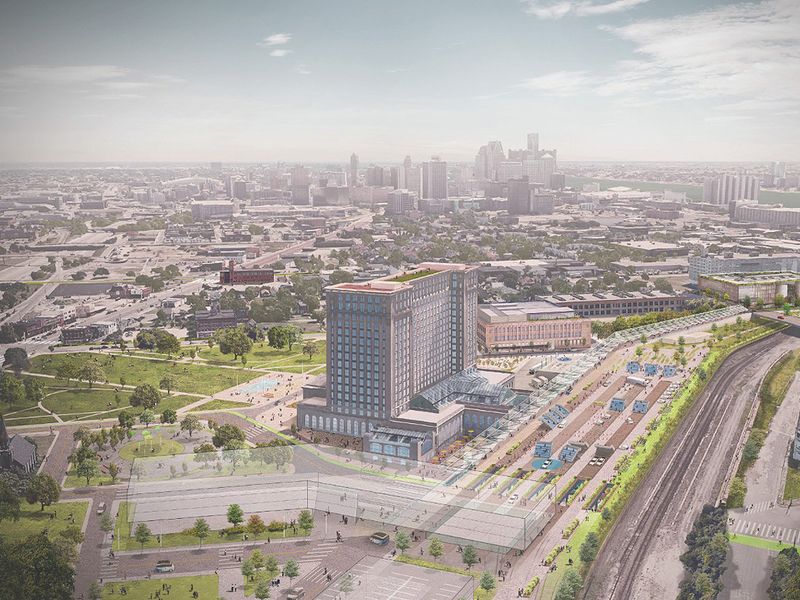
Collaboration between the public and private sectors will be key to advancing smart cities of the future, industry leaders said during a panel portion of SAE International’s WCX Digital Summit this week.
Public-private partnerships are key for mutually beneficial technology deployments and can help expedite these deployments, said Blaine Leonard, transportation technology engineer at the Utah Department of Transportation.
“As an agency, we used to have the luxury of allowing new developments to mature over time,” Leonard said Wednesday in a session on smart cities. “In this environment today, with these kinds of technologies, it’s just moving too fast to afford us that kind of time.
“The government agency has to alter its own culture to some degree to accept risk. We’re sort of prone to not doing that,” he added. “It’s tough sometimes to turn these large ships. We just have to do that.”
Part of accepting risk means allocating portions of public budgets toward new technologies.
Not only can government and private sector collaboration result in new revenue opportunities, but it can also result in more long-term, sustainable and holistic transportation solutions, said Trevor Pawl, chief mobility officer in Michigan’s Office of Future Mobility and Electrification. Gov. Gretchen Whitmer established the state office last February.
“It’s going to be a big decade for transportation and public-private partnerships,” Pawl said. “Private sector engagement can unlock new revenue channels, new ways of thinking.
“It’s important, as we’re addressing things like patching potholes and repairing bridges,” he added, “we need to ensure that we’re also future-proof.”
With that, it’s critical that state governments and transportation departments invest in the right, smart infrastructure — including lane markings, signage and other infrastructure — that support connected and electric vehicle technologies, autonomous vehicles and first- and last-mile solutions. These all “need to fit into our existing transit networks,” Pawl said.
Increasingly smart and connected vehicles can transform cities if they can communicate with this smart infrastructure, said Amanda Roraff, co-founder of Ford’s AV mobility corridor team. Ford is renovating the historic Michigan Central Station in downtown Detroit as a mobility launchpad and also is part of the development of a 40-mile connected- and autonomous-vehicle corridor between Detroit and Ann Arbor.
“The integration of smart infrastructure, talking, communicating with, smart vehicles will basically optimize this transportation network,” Roraff said. But, “it really does take state government to lean in and create opportunities for the public sector and private sector to work together.”
Cost-effectiveness, and accessibility, also are factors to consider.
Ultimately, experts anticipate different mobility landscapes to surface as automated, connected, shared and electric vehicles evolve, largely stemming from public-private partnerships.
Pawl said he expects the subscription model to play a major role in cities of the future.
“These plans will be so easy and convenient that it will be the superior solution, potentially, to car ownership,” Pawl said, noting that there’s a place for nontraditional subscription companies to play a role.
Leonard said he anticipates changes still to come in connectivity, automation and the use of data, as well as a shift in attitudes about driving and vehicle ownership.
“It’s difficult to say exactly what the future looks like,” Leonard said. “The future will be what we build it to be.”

